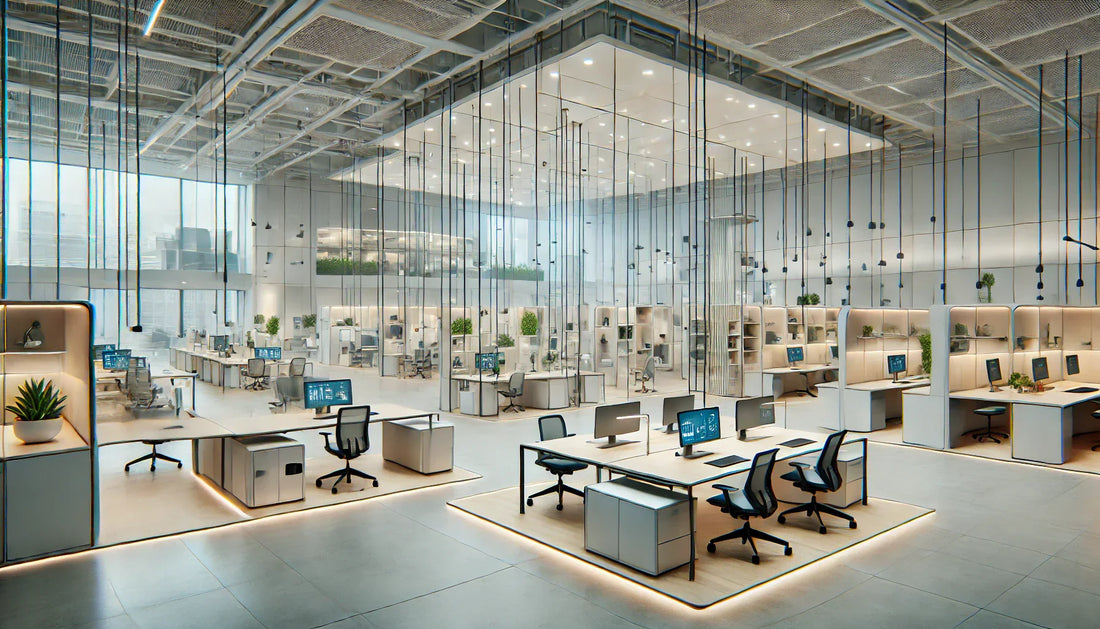
The Rise of Hybrid Workspaces: Design Tips for Flexibility
Share
The way we work has permanently changed. The line between home and office has blurred, giving rise to the era of hybrid workspaces—where flexibility isn’t just a perk but a necessity. The challenge now is designing a workspace that adapts as easily as you do.
Hybrid work thrives on balance. It’s about creating an environment that supports deep focus when you’re solo, yet encourages collaboration when you connect with others. That means designing with mobility and adaptability in mind—furniture that moves, lighting that adjusts, and layouts that evolve.
Start by defining your core zones: a focus area for concentrated work, a collaboration zone for meetings, and a recharge corner for quick breaks. TyporaOffice’s flexible desks, portable lamps, and minimal storage systems make it effortless to shift between these modes without losing flow.
Technology integration is another key element. A good hybrid setup merges your physical and digital tools—think wireless chargers built into desks, tidy cable organizers, and stationery that complements your tech, not clutters it. The result is a space that feels both grounded and connected.
Finally, don’t forget personality. A hybrid workspace should still reflect who you are. Whether it’s a warm desk lamp that follows you between home and office or a matching organizer set that keeps both spaces cohesive, small design touches make your routine feel seamless.
The future of work is flexible by design. When your environment bends to your needs, creativity and productivity naturally follow.
